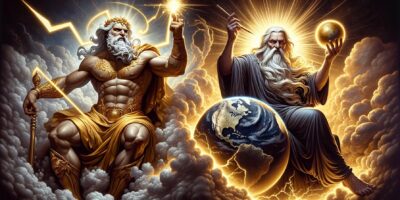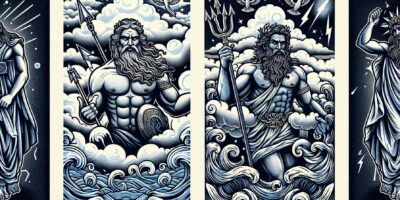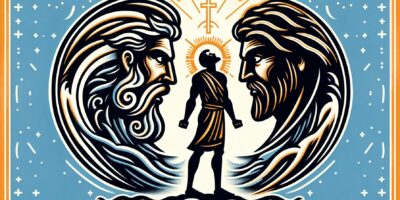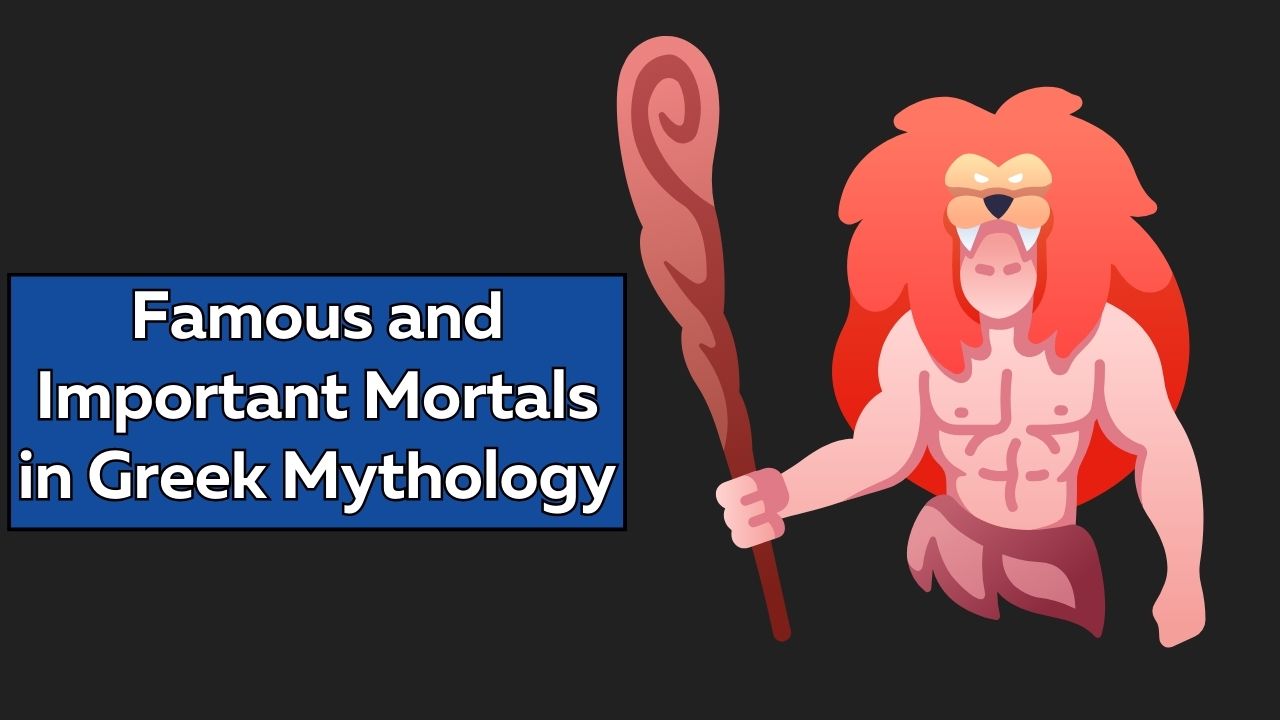The realms of myth and folklore are filled with enchanting creatures that have captured the human imagination for centuries. Among these, centaurs and unicorns stand out as iconic beings, each with its unique charm and symbolism. In this exploration, we’ll uncover the 15 key differences that distinguish centaurs and unicorns, shedding light on their origins, characteristics, and cultural significance.
Difference 1: Origin of Myth
Centaurs: From Greek Mythology
Centaurs have their roots in Greek mythology, where they were described as a hybrid race of beings, part-human and part-horse. They were often portrayed as wild and unruly creatures inhabiting the forests and mountains.
Unicorns: Worldwide Legends
Unicorns, on the other hand, appear in myths and legends from various cultures worldwide. They have taken on different meanings and attributes, making them a more universally recognized symbol.
Nuance: Centaurs originate from Greek mythology, while unicorns are found in a broader range of cultural legends.
Difference 2: Physical Appearance
Centaurs: Human-Horse Hybrid
Centaurs are typically depicted as beings with a human upper body and a horse’s lower body, combining the strength and speed of both species. This fusion of characteristics makes them formidable creatures.
Unicorns: Horse with a Single Horn
Unicorns, in contrast, are essentially horses with a single, spiraling horn on their foreheads. This distinctive feature sets them apart and adds an element of mystique.
Nuance: Centaurs exhibit a fusion of human and horse features, while unicorns are characterized by their single horn.
Difference 3: Personality Traits
Centaurs: Wild and Free-Spirited
Centaurs are often portrayed as free-spirited and boisterous beings who revel in the joy of the hunt, music, and revelry. They can also be wise and knowledgeable.
Unicorns: Graceful and Gentle
Unicorns are renowned for their grace and gentle nature. They are seen as symbols of purity, innocence, and untamed beauty. In many legends, they are elusive and shy.
Nuance: Centaurs are known for their boisterous nature, while unicorns embody grace and gentleness.
Difference 4: Cultural Significance
Centaurs: Symbolic of Duality
Centaurs often symbolize the duality of human nature, representing both the noble and base aspects of humanity. They reflect the struggle between our higher ideals and our primal instincts.
Unicorns: Symbols of Purity
Unicorns are universally associated with purity, virtue, and the divine. They are often seen as protectors of innocence and goodness.
Nuance: Centaurs embody the human struggle between nobility and base desires, while unicorns represent purity and goodness.
Difference 5: Alignment
Centaurs: Neutral
Centaurs are typically neutral in their alignment, and their actions are driven by individual choices and circumstances. They can be both allies and adversaries.
Unicorns: Generally Good
Unicorns are usually portrayed as benevolent creatures with a strong inclination toward goodness. They are protectors of the innocent and champions of noble causes.
Nuance: Centaurs have a more varied alignment, while unicorns are predominantly good.
Difference 6: Habitat
Centaurs: Forest and Mountains
Centaurs are often associated with forests and mountainous regions. These natural landscapes provide the backdrop for their wild and adventurous lifestyles.
Unicorns: Enchanted Forests
Unicorns are said to inhabit enchanted forests and hidden glades, where they can remain hidden from the prying eyes of humanity.
Nuance: Centaurs are linked to a wider range of environments, while unicorns favor enchanted forests.
Difference 7: Popularity in Culture
Centaurs: Varied Representation
Centaurs have been depicted in literature, art, and popular culture in a variety of ways. Their portrayal varies from heroic figures to rowdy revelers.
Unicorns: Iconic Symbol
Unicorns have become an iconic symbol of purity and magic, appearing in countless stories, films, and artwork, consistently embodying their virtuous qualities.
Nuance: Centaurs’ representation in culture is diverse, while unicorns maintain their iconic symbolism.
Difference 8: Hybrid Nature
Centaurs: Physical Hybrid
Centaurs are hybrid beings in a physical sense, embodying both human and horse characteristics. This fusion defines their existence.
Unicorns: Singular Horn
Unicorns are defined by a single, distinctive horn on their foreheads, which is their defining physical feature.
Nuance: Centaurs are hybrids in a physical sense, while unicorns are defined by a singular horn.
Difference 9: Roles in Stories
Centaurs: Varied Roles
Centaurs can play diverse roles in stories, ranging from wise mentors and scholars to fierce warriors and troublemakers. Their roles are flexible in narratives.
Unicorns: Symbolic Roles
Unicorns often serve symbolic roles in stories, representing purity, hope, and the quest for the unattainable. They are less likely to be portrayed as multifaceted characters.
Nuance: Centaurs can assume diverse roles, while unicorns often serve symbolic functions.
Difference 10: Cultural Variation
Centaurs: Primarily Greek
Centaurs are primarily associated with Greek mythology, where they played significant roles in various myths and legends.
Unicorns: Worldwide Appeal
Unicorns are found in myths and folklore across cultures worldwide, making them a more universal and recognizable symbol.
Nuance: Centaurs have a strong Greek connection, while unicorns are more globally recognized.
Difference 11: Presence in Folklore
Centaurs: Ancient Roots
Centaurs have a long history in ancient folklore, dating back to Greek mythology and beyond.
Unicorns: Enduring Legends
Unicorns have also been a part of folklore for centuries and continue to captivate the human imagination with their enduring legends.
Nuance: Both centaurs and unicorns have ancient and enduring folklore traditions.
Difference 12: Symbolism in Modern Times
Centaurs: Symbolism of Duality
Centaurs often represent the dual nature of humanity and the struggle to balance our noble and base instincts.
Unicorns: Symbol of Hope
Unicorns have become symbols of hope, purity, and the pursuit of a better, more magical world in modern times.
Nuance: Centaurs symbolize human duality, while unicorns symbolize hope and purity.
Difference 13: Magical Attributes
Centaurs: Wisdom and Knowledge
Centaurs are sometimes associated with wisdom and knowledge, particularly in the realm of healing and herbalism.
Unicorns: Healing Powers
Unicorns are often credited with healing abilities, and their horn is believed to have the power to cure ailments.
Nuance: Centaurs possess wisdom and knowledge, while unicorns have healing powers.
Difference 14: Depiction in Art
Centaurs: Varied Depictions
Centaurs have been portrayed in a wide array of artistic styles, reflecting their multifaceted nature and roles in mythology.
Unicorns: Iconic Imagery
Unicorns are often depicted with consistent, iconic imagery, emphasizing their horn and graceful beauty.
Nuance: Centaurs’ artistic depictions vary, while unicorns maintain iconic imagery.
Difference 15: Modern Interpretations
Centaurs: Complex Characters
In modern interpretations, centaurs are often depicted as complex characters with diverse personalities, integrating their wild and wise sides.
Unicorns: Symbolic Beings
Modern interpretations of unicorns tend to emphasize their symbolism as protectors of purity and innocence.
Conclusion
Centaurs and unicorns, two mystical beings from the pages of myth and folklore, each bring a unique charm and symbolism to the world of storytelling and imagination. Centaurs are the embodiment of the duality of human nature, while unicorns stand as symbols of purity and magic. Both creatures have left indelible marks on human culture and continue to captivate us with their enchanting allure, embodying the rich tapestry of human imagination.







Leave a Reply